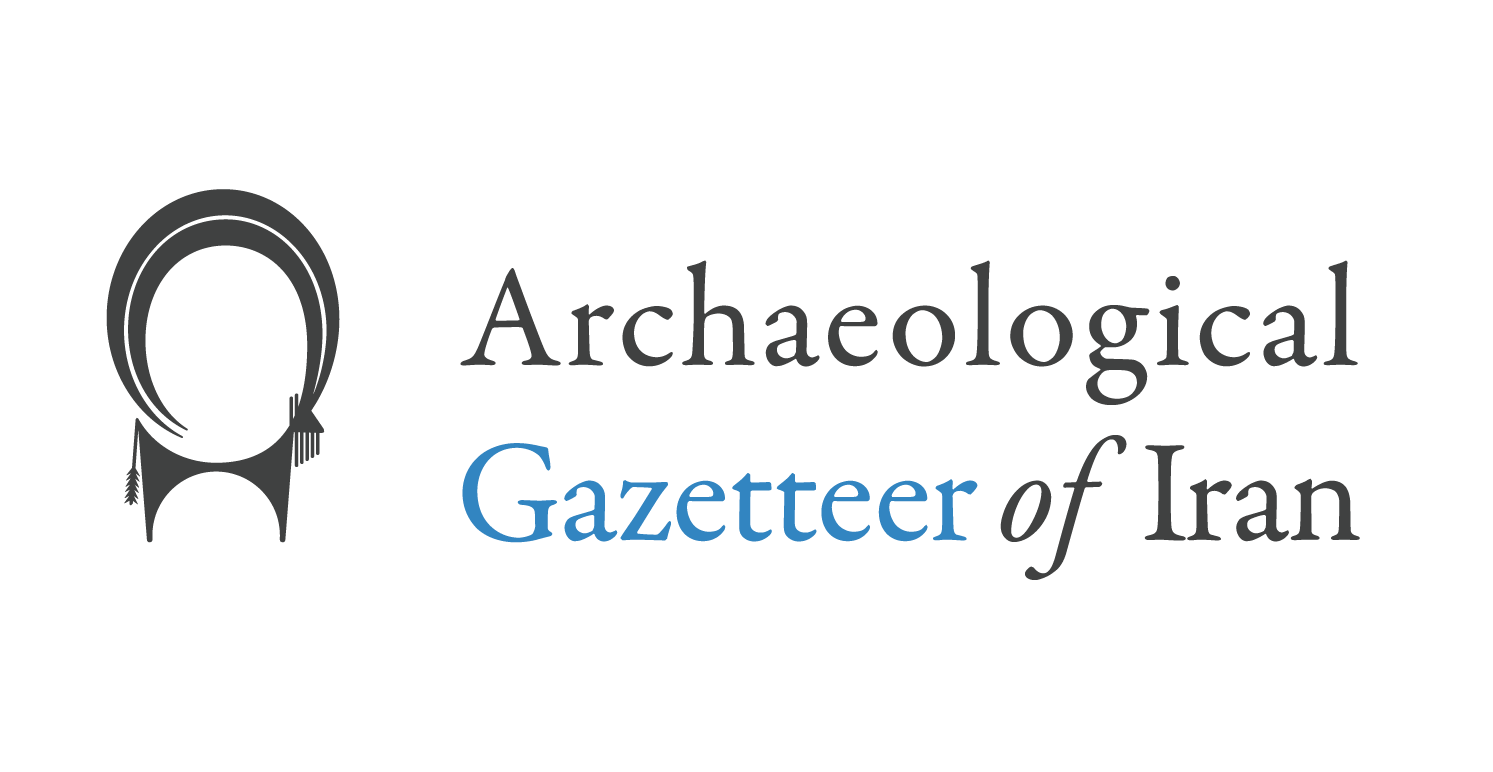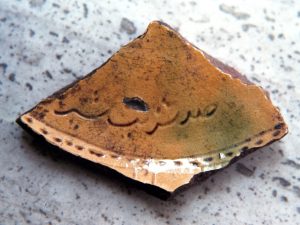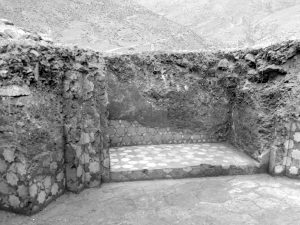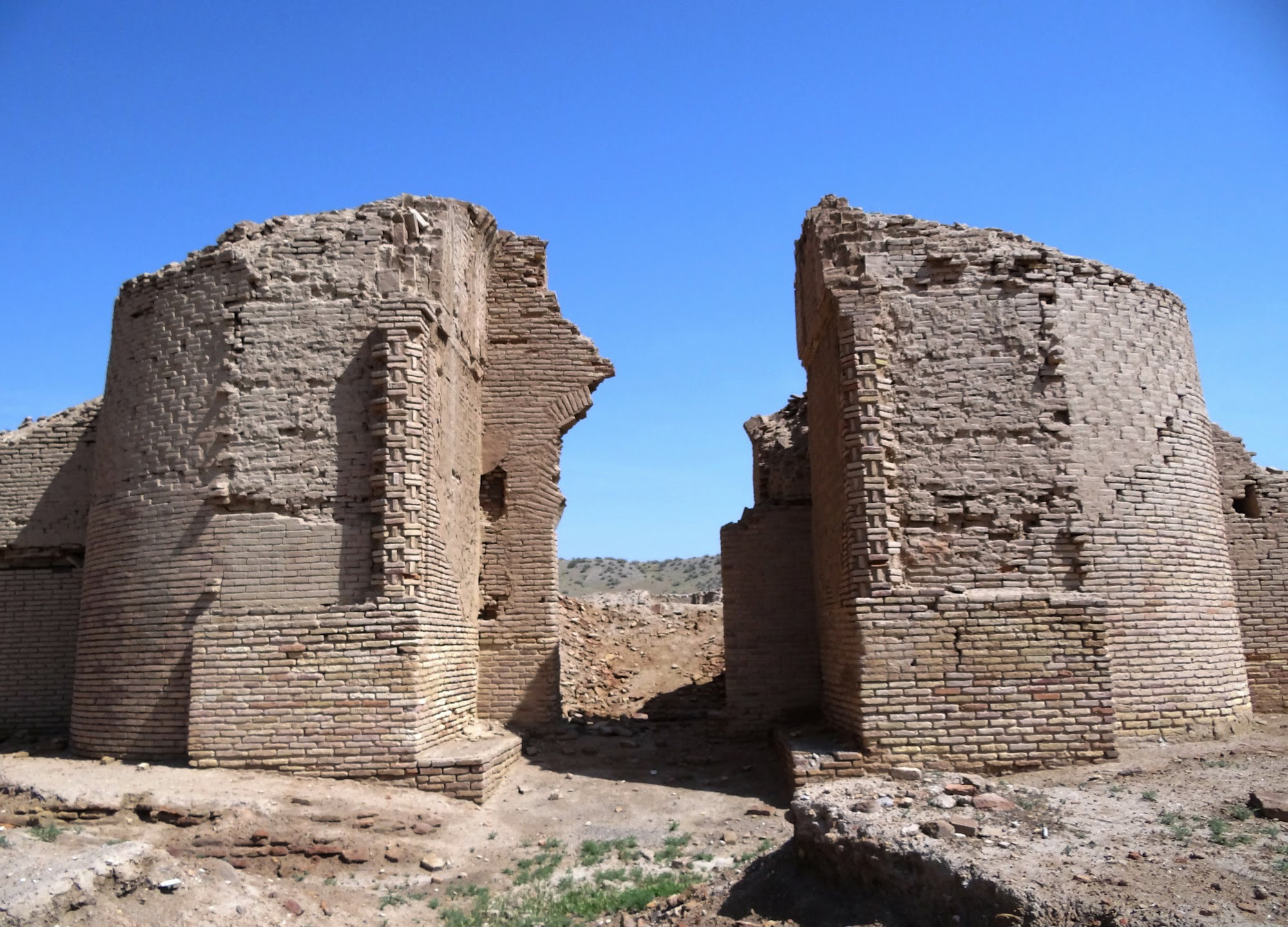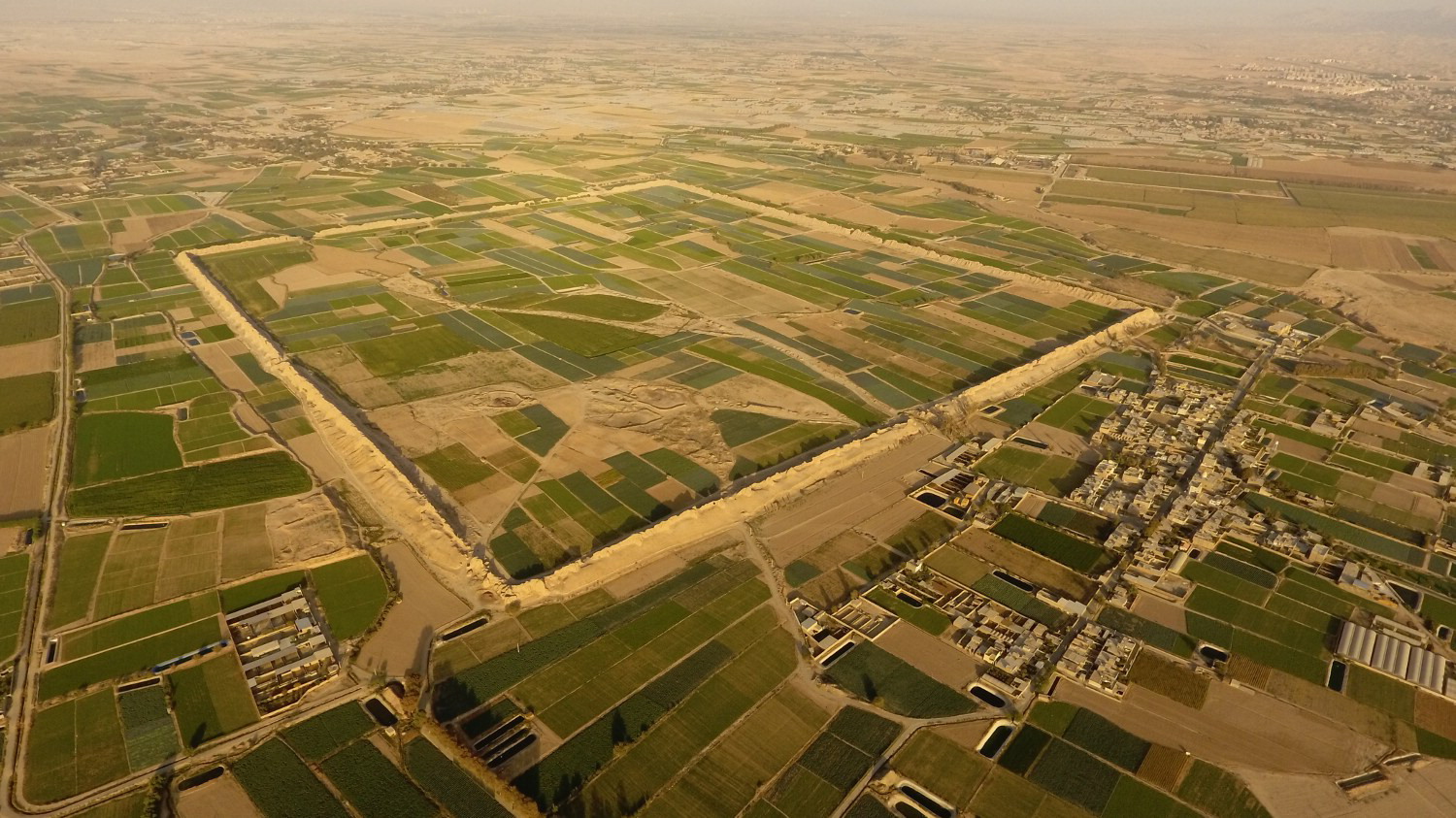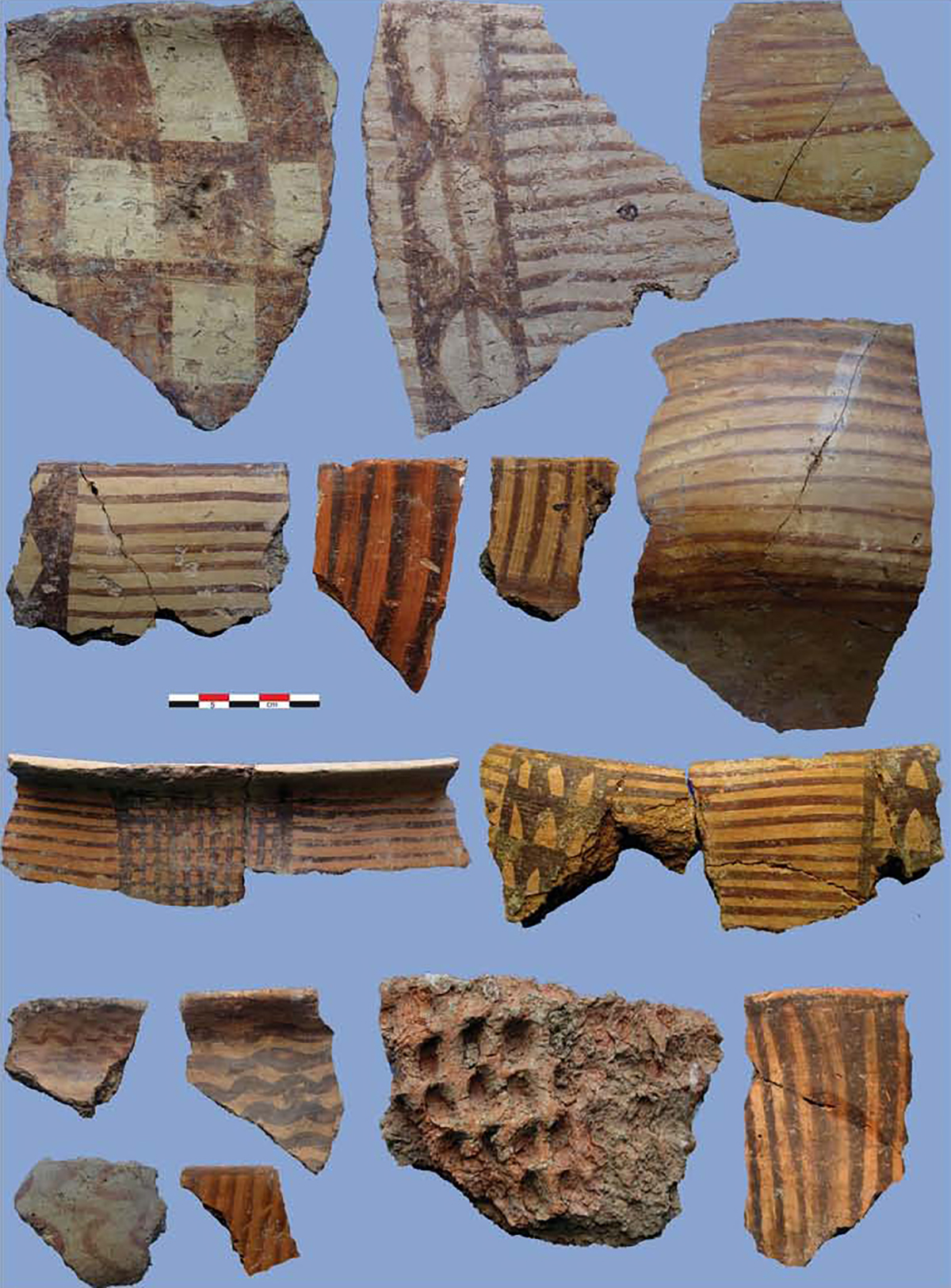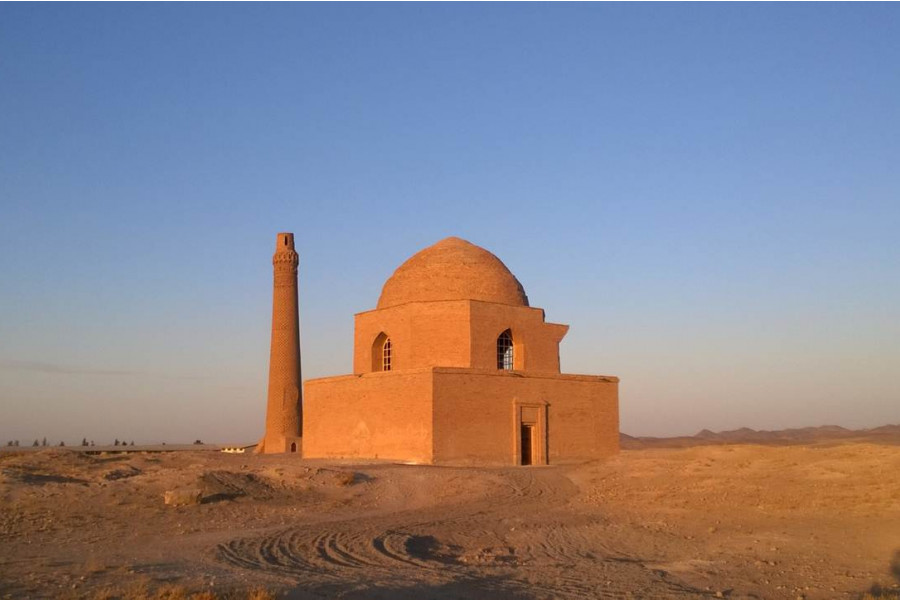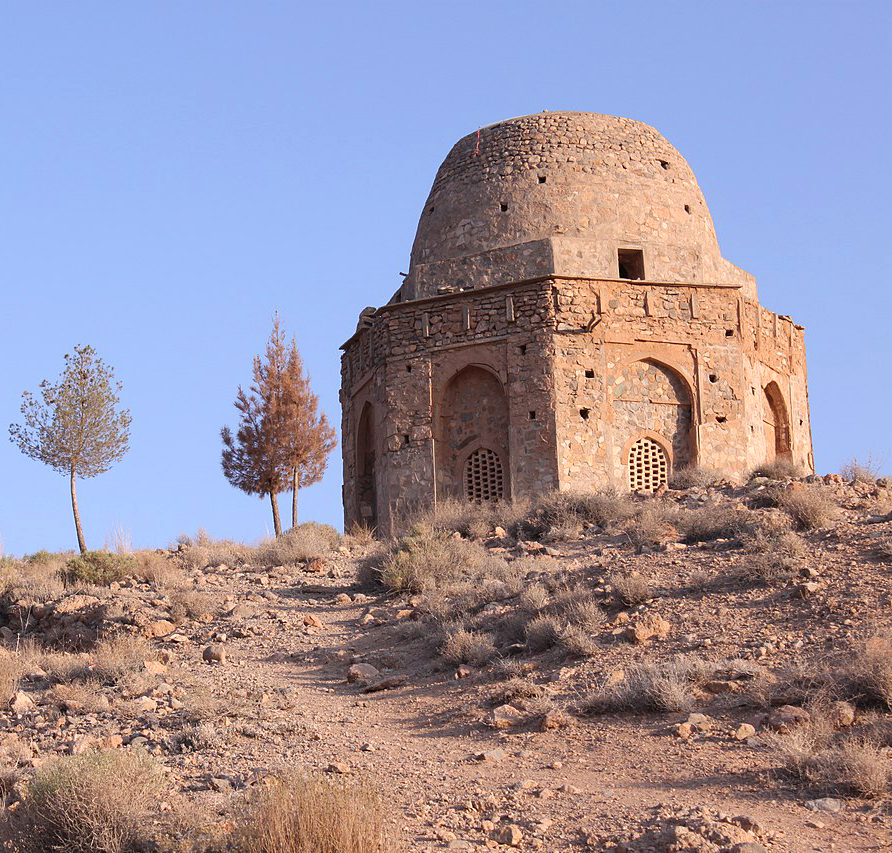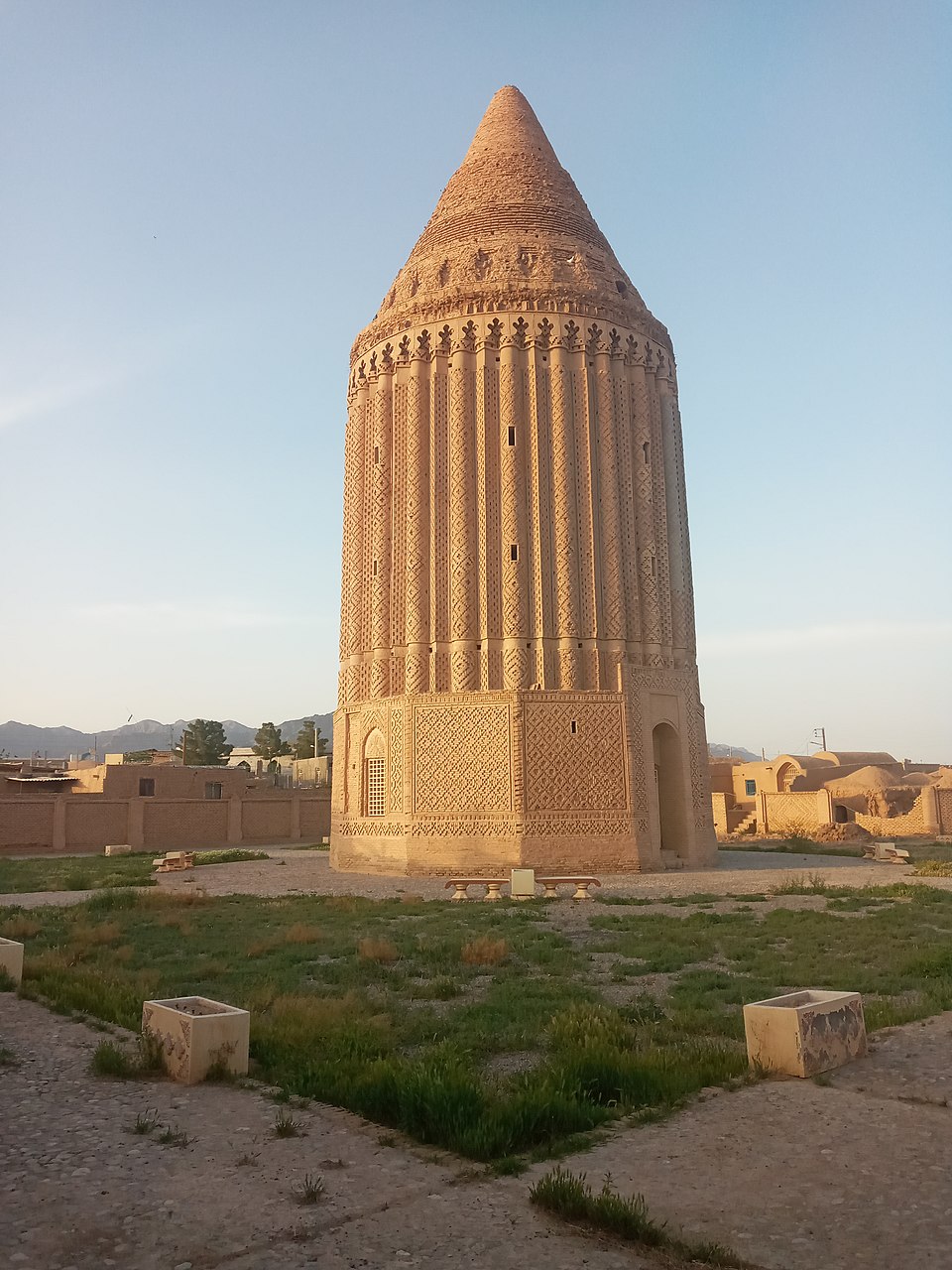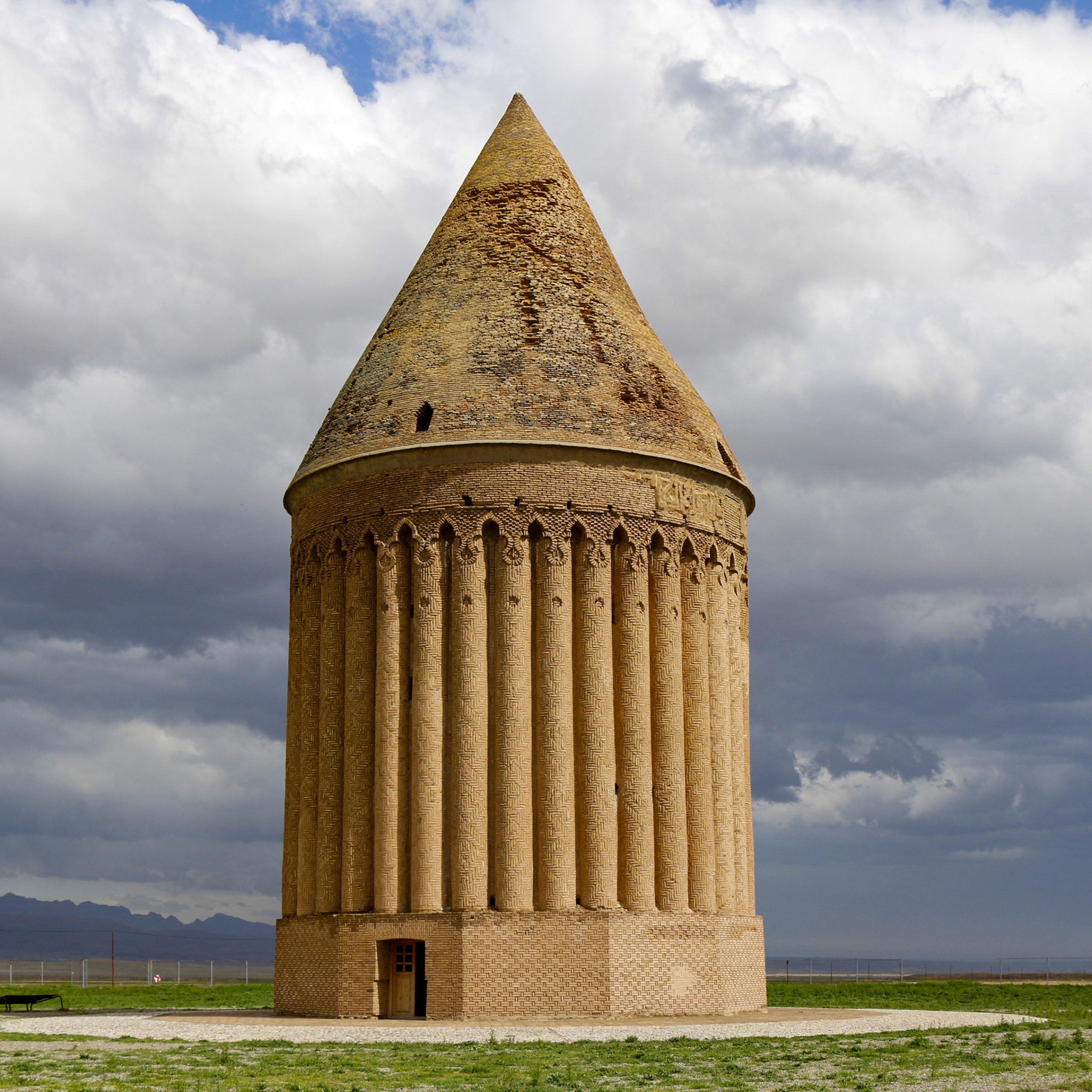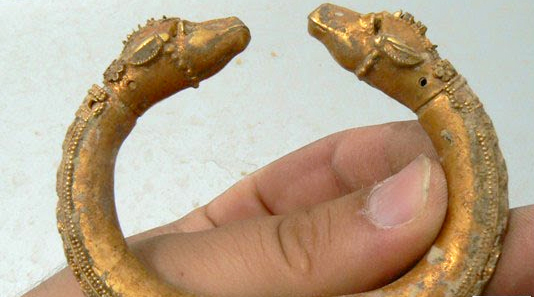Lasbū/ Koshkdashtلسبو / کشک دشت
Location: Lasbū is located in the mountains of southern Eshkevar in northern Iran, Gilan Province.
36°43’39.2″N 50°13’34.7″E
Map
Historical Period
Islamic
History and description
Koskhdasht is the name of an archaeological site on the southern outskirts of the village of Lasbū. The site is located in one of the remotest areas of southern Eshkevar in Gilān.
After the fall of Alamūt in A.D. 1256, the region fell into the hands of local rulers of Deylamān and Gilān. Lasbū is mentioned several times on the occasion of events in connection with the rulers of Deylamān in the course of the fourteenth and fifteenth centuries. Located on the main road connecting the southern Eshkevar mountains to the Rūbār-e Qazvin and Qazvin regions, Lasbū was apparently a place of rest and halt, providing food and shelter. In the medieval history of the region, Tarikh-e Gilān and Deylam by Zahireddin Mar’ashi, we read that a warlord named Mehdi Kiyā Kamrūd (Kāmyārvand) killed the ruler of the region, Kiyā Jala-al Din Hezaraspi, and plundered Lasbū in A.D. 1410. Lasbū was referred to during the rule of Sultan Ali Mirza as a summer place for the ruler’s stop and hunting in the years A.D. 1478 – 80. In his book of Gilān, Louis Rabino mentions Kushkdasht as the location of the ancient town of Kushk (Les provinces caspiennes de la Perse, Paris, 1917, p. 377).
Archaeological excavations at Lasbū resulted in two interesting discoveries. A large depot of the 10th to 14th century glazed ceramics was discovered in excavations. It consists of examples of the celebrated type known as Islamic Sgraffiato, some of which bear the name of potters such as the one made in the workshop of a certain Eshāq or poems in Persian (fig. 1). Another type is the famous White and Blue ceramic of the late 14th century (fig. 2). A tombstone found in the village is dated to 1667. The ruins of a nineteenth-century decorated bath or hammām were uncovered at the site Khoshkdasht near Lasbū (fig. 3). The archaeological evidence shows that Lasbū was a relatively prosperous place throughout the Safavid and Qajar periods.
Archaeological Exploration
Mahmoud Mousavi explored and excavated Lasbū and its environs on behalf of the Iranian Center for Archaeological Research in the fall of 1974 and the summer of 1975.
Finds
Pottery: A large quantity of Sgraffiato and White and Blue ceramics were found at the site.
Bibliography
Mousavi, M., Bāstānshenāsi-ye Gilān, in Ketāb-e Gilān, E. Arabani (ed.), ch. 13, Tehran, 1374/1995, pp. 521-524 (for Lasbū). In Persian
Mousavi, M., “Archaeological Research and Excavations in Eškevar (Gilan Province, Northern Iran): unresolved issues,” Nāmey-e Pažuheshgah-e Mirās-e Farhangi, No. 4, 1382/2003, pp. 14-18 (for Lasbū). In Persian
Author: Ali Mousavi
Originally published: July 20, 2022
Last updated: January 12, 2025

